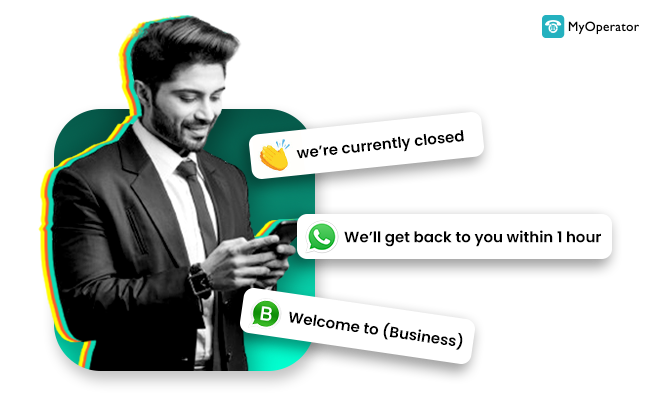SaaS stacks are everywhere – whether you are a small start-up or a conglomerate you will have a significant part of your operations and spend tied up in this ubiquitous thing. SaaS tentacles run deep and I have often looked at bills and wondered when we started using this. SaaS tentacles spread deep within your company and before you know it you are dependent on a whole bunch of them to keep your business afloat.
If your life depends on SaaS, your buying decision has to be on-point so you aren’t getting the wrong software into your business operating system. I thought I would share my buying SaaS CRO checklist – if that makes life easier for you founders and business leaders. Here is what I look at before signing the cheque (or authorising the auto-debit :))
- Cost – While this is obvious it is important to read the entire fine print before signing up. Some MRRs may look cheap but they are probably adding AMCs and set-up costs. My rule of thumb is to look at a TCO or Total Cost of Ownership over a 1 year, 3 year and 5 year period based on how long I am likely to use the system.
- Data Security – The bone of contention between SaaS and on-premise software has been security and in a volatile world it is one of the most important factors for you to consider. Where are the data centers located? How safe is your data? Which data privacy laws does the company adhere to? Because even if you do not ask the questions, your users will.
- Business Continuity – Face it – your business continuity depends on your SaaS stack. So downtime is your down-time. How do you ensure control over your business continuity when you don’t own the underlying software running it? Identify the mission-critical softwares in your stack – for eg cloud servers for an IT firm or accounting SaaS for a chartered accounting firm. And look at the up-time, disaster recovery, and business continuity plans that these offer you.
- Ease of Use – Businesses don’t talk about software simplicity enough. Your SaaS stack is going to be used by real humans, business users with varying levels of technical sophistication. Your purpose of solving technical complexity with a subscribe vs build decision is defeated if your SaaS is complicated, hard to use, and takes hours of training. Good SaaS should be like Zoho whose simplicity I swear by. Whether we build software in-house (we picked an award recently from Capterra for ease of use) or buy, I look at the KISS principle.
- Interoperability – Look at the operating structure of a mid-sized+ business today – it is a maze of softwares and systems and databases. When you are adding anything new to this maze, you have to be sure of the new tool talking to all your other systems. Any decent SaaS tool should have an interoperability guide and be able to connect to related softwares through APIs, plug and play interfaces. Let me give you an easy example – if you are buying a WhatsApp or a communication system, make sure it can sit on top of your CRM platform to keep customer data and engagement synced.
- Customisation – No matter how meticulously you write requirements and evaluate SaaS products for that fitment, there is always a gap between what the market delivers and what you want. Based on how important the gap is for your business, you will want the flexibility to customize your SaaS. Large SaaS firms anticipate this need and are ready to offer customization to enterprise customers. So it is important you do not just vet your software firm for their level of professional service, consulting, and customisation capabilities.
- Support SLAs – If you aren’t reading SLAs deeply, you are setting yourself up for an operating and legal nightmare. SLAs are the contract that your SaaS vendor has to share with you. They outline availability, downtimes, response times, and resolution times. Without an enforceable SLA structure in your contract, you cannot ensure minimum service commitment from your vendors. The result – of course your own business goes for a toss.
How do you enforce your SaaS software is KISS-able?
In your SaaS trial period, get actual users and not just decision-makers or sponsors to use it. Unless your team can use SaaS with minimum guidance, the investment can become a costly mistake in the long run.
That is a minimum SaaS checklist to get you started. I love Deep-diving into SaaS and products. If you have a question or just something to share, hit me up at rimjhim.ray@myoperator.co or LinkedIn. Let’s decide some SaaS-tra together.
 Scale your campaigns with 60% off on WhatsApp solutions.
Scale your campaigns with 60% off on WhatsApp solutions.


